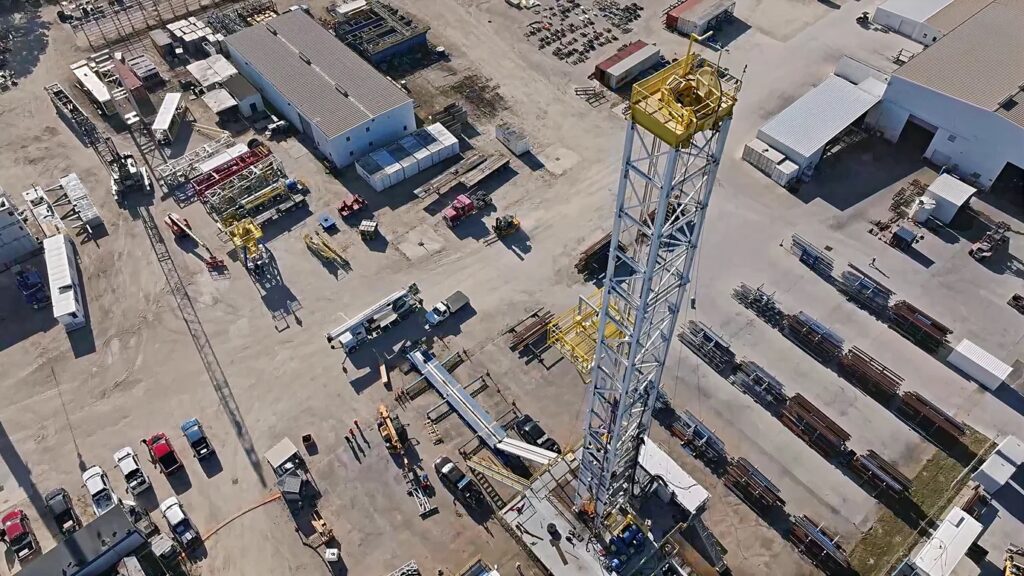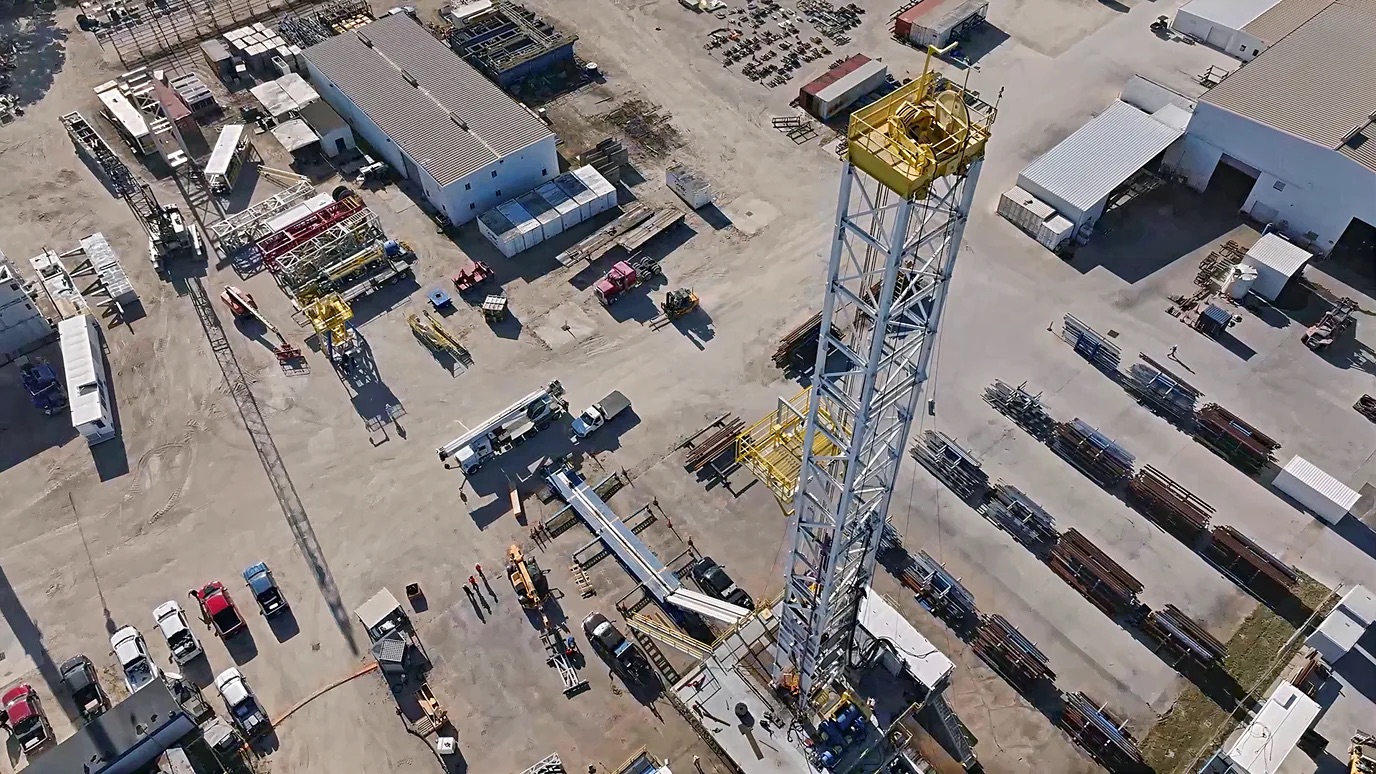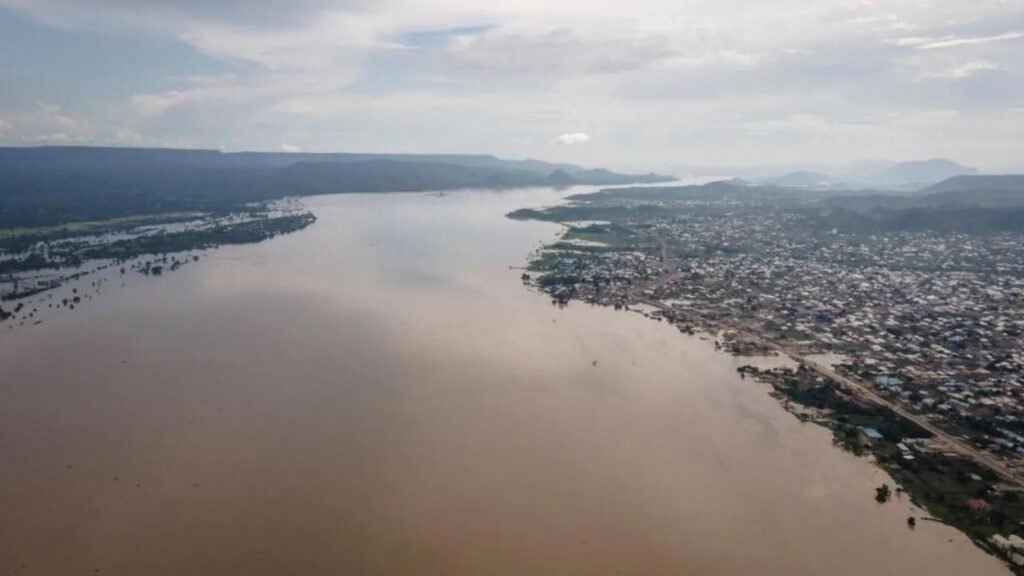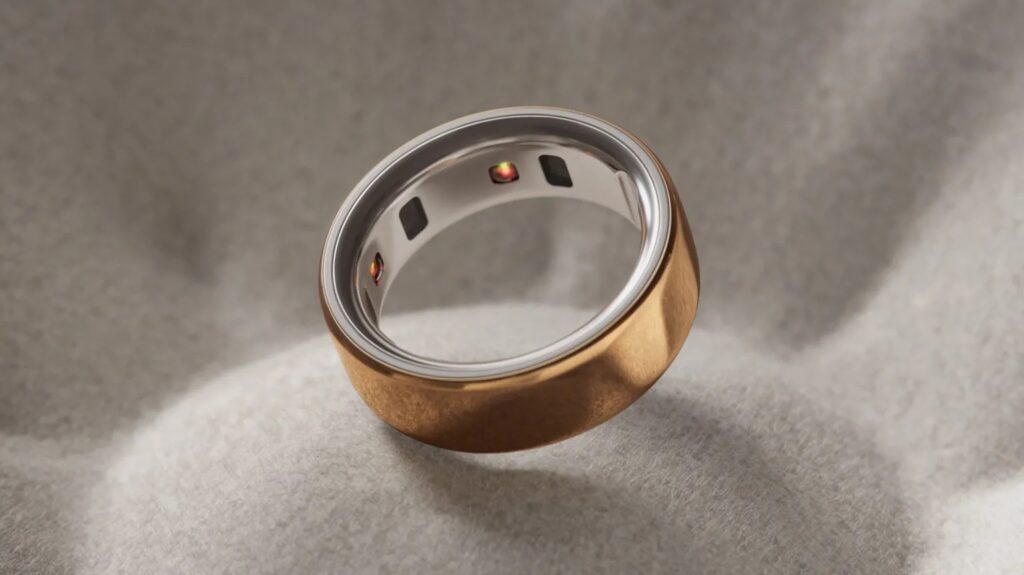
Beneath our feet is an almost limitless source of energy, but while a few lucky locations have geothermal heat close to the surface, the rest of the world will need to dig a lot deeper. The challenge is how to get deep enough.
There are some spots around the world where energy literally bubbles to the surface. In Iceland, home to more than 200 volcanoes and dozens of natural hot springs, tapping into this energy isn’t hard. Dotted around the country are steaming pools of water, heated by the geothermal fires that burn just below the crust. Boiling jets of water and steam are thrown into the air by geysers.
Iceland now heats 85% of its houses with this geothermal energy, while 25% of the country’s electricity also comes from power stations that harness this heat from underground. It’s an appealing prospect – an almost limitless supply of energy waiting to be tapped.
But geothermal energy offers an essentially inexhaustible green energy source across the planet. And it’s “always on”, unlike wind or solar power, since the heat is continually emitted from the Earth’s molten core and the decay of naturally occurring radioactive elements in our planet’s crust. Indeed, the Earth emits such enormous amounts of energy as it cools that the heat lost into space each year is enough to meet the world’s total energy demands many times over.
The challenge is tapping into that energy.
Currently only 32 countries in the world have geothermal power plants in operation. There are fewer than 700 power plants around the world, generating around 97 Terawatt hours (TWh) in 2023 between them. That is less than half the amount of electricity generated by solar in the US alone and far short of estimates for the potential contribution that geothermal could make to the global energy mix. Some estimate that geothermal could contribute around 800–1400TWh of electricity annually by the middle of the century with a further 3,300-3800TWh per year of heat.
“The Earth itself has the potential to address a variety of hurdles in the transition to a clean energy future,” argued Amanda Kolker, geothermal programme manager at the National Renewable Energy Laboratory (NREL) in the US, when releasing a report on the potential of geothermal energy in 2023.
But not every country is as lucky as Iceland, where reservoirs of hot water at temperatures of around 120-240C (248-464F) can be easily accessed close to the surface. In other areas of the country, wells drilled to depths of up to 1.5 miles (2.5km) provide access to temperatures of up to 350C (662F). Iceland’s main geothermal site at Reykjanes, for example, has drilled experimental wells down 2.9 miles (4.6km) to access superheated fluids as hot as 600C (1112F). Already, day-to-day heat extraction is taking place using shallower wells that draw on temperatures around 320C (608F) to generate 720 Gigawatt hours (GWh) of electricity per year.
One reason geothermal is not more widespread is the high upfront investment needed to extract that energy. But physically reaching it has also been beyond us so far.
For other parts of the world to enjoy a part of this geothermal bonanza of clean energy, we need to drill deeper to reach the temperatures needed to generate electricity or provide large-scale heating for nearby neighbourhoods.
Across much of the planet, temperatures increase by 25-30C (77-86F) on average every kilometre you go down through the Earth’s crust. In the UK, for example, the subsurface temperature at around 5km (3 miles) down is about 140C (284F), according to the British Geological Survey.
Drill down far enough, though and it is possible to reach a point where water temperatures surpass 374C (705F) at pressures above 220 bars (one bar being average pressure on the Earth’s surface at sea level). This is where water enters an energy-intense state known as supercritical, where it exists in a form that is neither liquid or gas. The hotter and more pressurised it is, the greater energy it contains.
In fact, a single superhot geothermal well could produce five to 10 times the energy that commercial geothermal wells produce today, according to the NREL.
One major hurdle, however, is that conventional rotary drills – even those tipped with diamond – are ill-equipped to excavate to the kind of depths needed to access these kinds of temperature. In the mysterious deep underworld of uncertain geology, extreme temperatures and huge pressures, drill components can fail frequently, while keeping holes from becoming blocked is a constant battle.
In 2009, for example, a team working on the Iceland Deep Drilling Project inadvertently tapped supercritical conditions when it drilled into a magma chamber at the Krafla volcano, about 1.2 miles (2km) below the surface. The superheated steam emitted from this well was highly acidic, making it difficult to use. The high pressures and temperatures involved also made it difficult to control, and it had to be intermittently discharged for around two yearsbefore a valve failure forced the hole to be sealed.
Deep drilling can also be an expensive and time-consuming endeavour.
The deepest hole ever dug by humans dates back to the Cold War, however, when there was a race between the superpowers to drill as far into the Earth’s crust as possible. The Soviets managed to plough their way through 7.6 miles (12.2km) of rock – creating the Kola Superdeep Borehole, on the Kola Peninsula, high in the Arctic Circle. It took them almost 20 years to reach that depth and it remains the deepest humans have managed to delve into the Earth. (Read more about the Kola Superdeep Borehole in this article by Mark Piesing.)
The NREL estimates that the cost of drilling a 1km deep well is around $2m (£1.57m) while drilling four times that depth can cost between $6m-$10m (£4.7m to £7.87m) with current technology.












